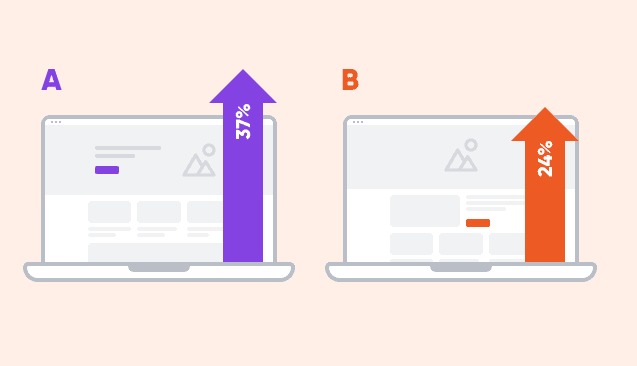Project
Webflow
How Leading Companies Optimize Their Websites to Drive Conversions and Revenue

In the digital-first era, a well-optimized website is a key driver of conversions and revenue. Leading companies understand that a website is more than just an online presence—it is a dynamic platform designed to engage visitors, capture leads, and generate sales. By leveraging data-driven strategies and best practices, top-performing brands consistently refine their websites to maximize results.
1. Prioritizing User Experience (UX)
A seamless and intuitive user experience keeps visitors engaged and encourages them to take action. Leading companies optimize UX by:
- Improving Page Load Speed: Faster websites reduce bounce rates and enhance user satisfaction.
- Implementing Mobile-First Design: A mobile-responsive website ensures accessibility across devices.
- Clear Navigation & Structure: Logical site architecture makes it easy for users to find what they need.
2. Data-Driven A/B Testing
Successful companies continuously test and refine website elements to improve conversion rates. Common A/B tests include:
- Headline Variations: Testing different headlines to determine which one captures attention best.
- Call-to-Action (CTA) Optimization: Experimenting with button colors, wording, and placement.
- Page Layout Adjustments: Altering content placement to improve readability and engagement.
3. Leveraging Personalization
Top brands utilize personalization to enhance user engagement and drive conversions by:
- Dynamic Content Recommendations: Displaying relevant products or articles based on user behavior.
- Targeted Email Campaigns: Sending personalized offers based on browsing history.
- AI-Driven Chatbots: Providing real-time customer support and guidance.
4. Enhancing SEO and Content Strategy
A well-optimized website attracts high-quality traffic. Leading companies achieve this by:
- Keyword Optimization: Integrating high-intent keywords into content and metadata.
- Content Marketing: Creating valuable blog posts, case studies, and guides to establish authority.
- Internal Linking Strategies: Enhancing site structure and keeping users engaged longer.
5. Streamlining Checkout and Lead Capture Processes
For eCommerce and lead generation, reducing friction in the user journey is crucial. Optimizations include:
- Simplified Forms: Reducing the number of required fields for sign-ups and checkouts.
- One-Click Checkout: Implementing fast payment options like Apple Pay and Google Pay.
- Trust Signals: Displaying security badges, testimonials, and guarantees to build credibility.
6. Utilizing Advanced Analytics and Heatmaps
Top companies rely on analytics to monitor performance and make informed decisions. They use:
- Google Analytics & Heatmaps: Understanding how users interact with different elements.
- Conversion Funnel Analysis: Identifying drop-off points and making data-backed improvements.
- Behavioral Tracking: Leveraging session recordings to pinpoint usability issues.



